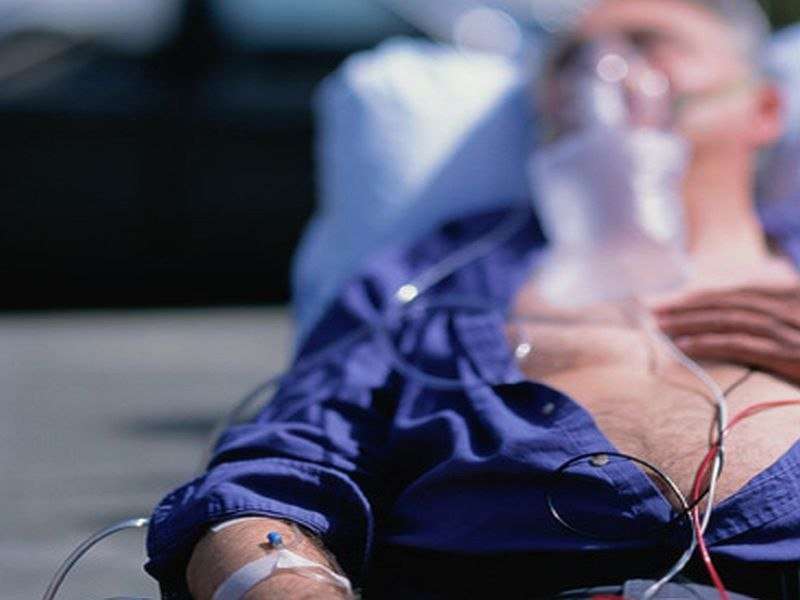(HealthDay)—Stroke is the leading cause of preventable death in the United States, but a lack of awareness and resources hinder efforts to change that, the American Stroke Association says.
"We must aggressively continue our efforts to reduce stroke, especially in multicultural communities, and to reach people at younger ages," said Dr. Mitchell Elkind, a professor of neurology and epidemiology at Columbia University in New York City and chair of the American Stroke Association.
To mark American Stroke Month in May, the stroke association details a number of facts about stroke.
"There are different types of strokes: ischemic, hemorrhagic and transient ischemic attack (TIA). An ischemic stroke is a clot-caused blockage in an artery to the brain, while a hemorrhagic stroke occurs when an artery ruptures in the brain. A TIA or 'mini-stroke' is caused by a temporary blockage. Eighty-seven percent of all strokes are ischemic," the association said in a news release.
During a stroke, nearly 120 million brain cells die every hour. Compared with the normal rate of brain aging, the brain ages 3.6 years each hour during a stroke. The sooner a patient receives care, the better the chances of recovery.
About 66 percent of strokes are spotted by a bystander, but less than half of Americans know the common warning signs and symptoms of stroke, which can be remembered using the acronym FAST—(F) face drooping, (A) arm weakness, (S) speech difficulty, (T) time to call 911.
Other stroke symptoms include sudden numbness, sudden trouble seeing in one or both eyes, sudden severe headache with no known cause and sudden trouble walking.
The fastest way for stroke patients to receive treatment is by calling 911. Driving to the hospital is a common mistake people make, and it can result in longer wait times before the patient receives care.
One in four stroke survivors suffers another stroke. Prevention is crucial for stroke survivors because second strokes can be more debilitating than first strokes.
Stroke rates are rising among Americans in their 30s and 40s, and the risk of stroke in the Stroke Belt—an 11-state region in southeastern United States—is 34 percent higher than in the general population.
High blood pressure is the most common controllable cause of stroke, and nearly half of U.S. adults (about 103 million) have high blood pressure.
Other stroke risk factors include obesity, diabetes, cholesterol, smoking and family history.
Eighty percent of strokes are preventable, and stroke risk can be reduced through lifestyle habits such as healthy eating and being physically active.
More information: The U.S. National Institute of Neurological Disorders and Stroke has more about stroke.
Copyright © 2018 HealthDay. All rights reserved.





















